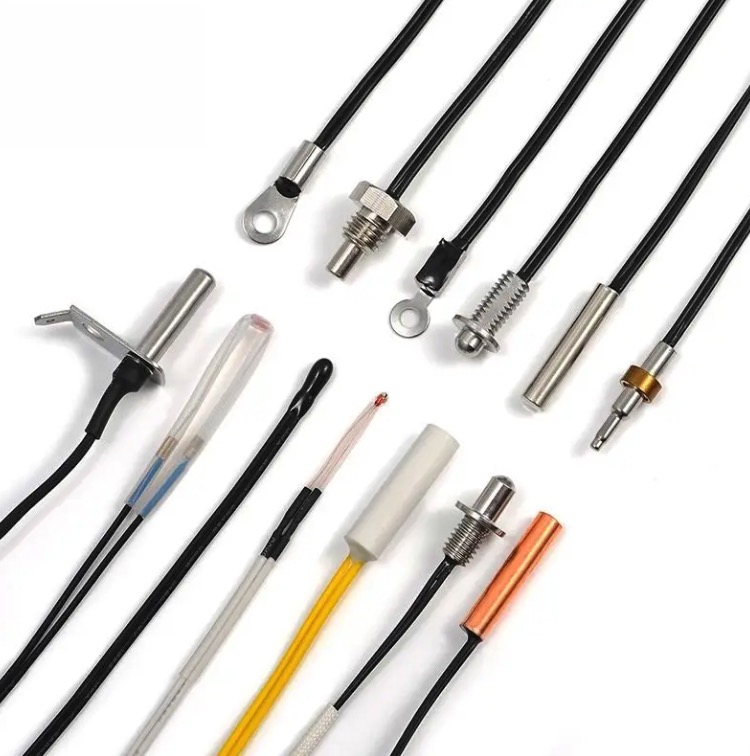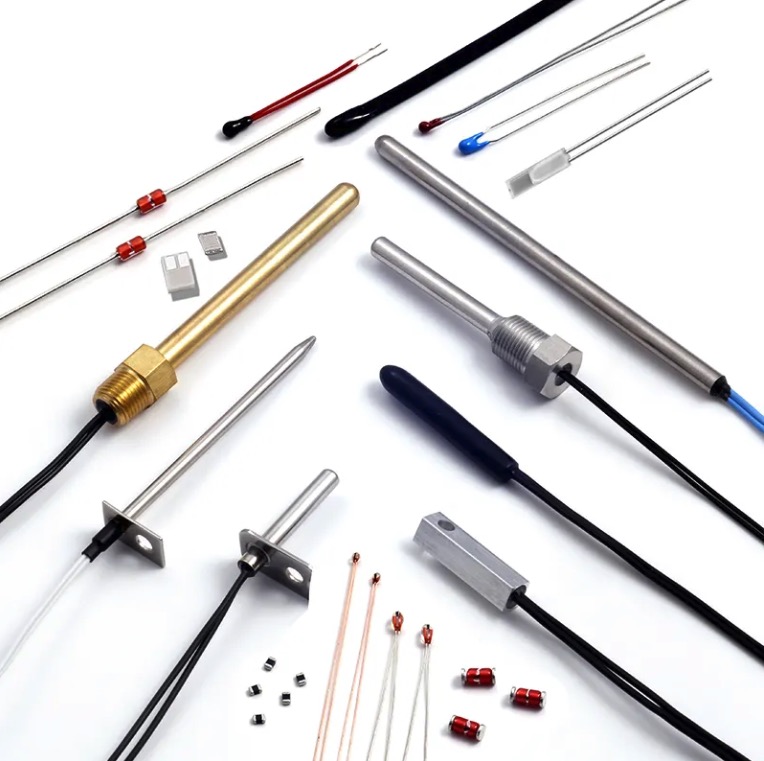Optical Temperature Sensor: Revolutionizing Precision Measurement
Abstract
- Introduction
- How Optical Temperature Sensors Work
- Advantages of Optical Temperature Sensors
- Applications in Various Industries
- The Future of Optical Temperature Sensors
Introduction
In the realm of temperature measurement, the emergence of optical temperature sensors has sparked a revolution. These cutting-edge devices offer unprecedented levels of accuracy and versatility, making them indispensable in a wide array of industries. In this article, we will delve into the workings of optical temperature sensors, their advantages, applications across different sectors, and the future prospects of this groundbreaking technology.
How Optical Temperature Sensors Work
Unlike traditional contact-based temperature measurement methods, optical temperature sensors operate by detecting and analyzing the thermal radiation emitted by an object. This non-contact approach not only ensures minimal interference with the target material but also enables precise readings from a distance. Utilizing advanced principles of radiometry and infrared thermography, optical temperature sensors provide real-time data with remarkable accuracy and speed.
Advantages of Optical Temperature Sensors
The adoption of optical temperature sensors presents a myriad of benefits. Their non-invasive nature eliminates the risk of contamination or damage to delicate substances, making them ideal for use in sterile environments such as laboratories and cleanrooms. Furthermore, their rapid response time and high spatial resolution empower users with invaluable insights into thermal dynamics, facilitating quick decision-making and process optimizations.
Applications in Various Industries
From industrial manufacturing and medical diagnostics to aerospace and automotive engineering, optical temperature sensors find a multitude of practical applications. In manufacturing processes, these sensors ensure precise monitoring and control of critical temperatures, enhancing product quality and yield. In the medical field, they enable non-invasive patient monitoring and fever detection, revolutionizing healthcare practices with enhanced safety and efficiency.
The Future of Optical Temperature Sensors
As technological advancements continue to propel the capabilities of optical temperature sensors, their integration into IoT systems and smart devices is poised to expand exponentially. Additionally, ongoing research and development efforts aim to further enhance their accuracy, miniaturize form factors, and reduce costs, opening doors to new frontiers in temperature measurement and control.




